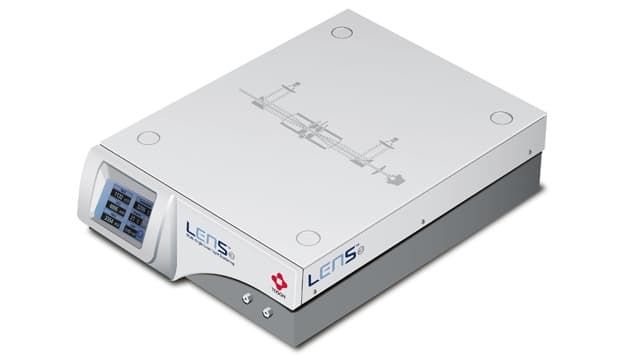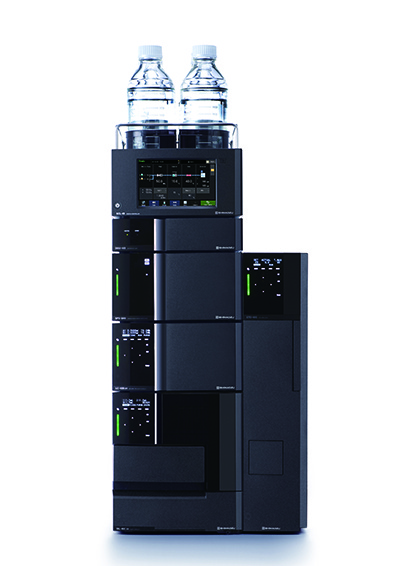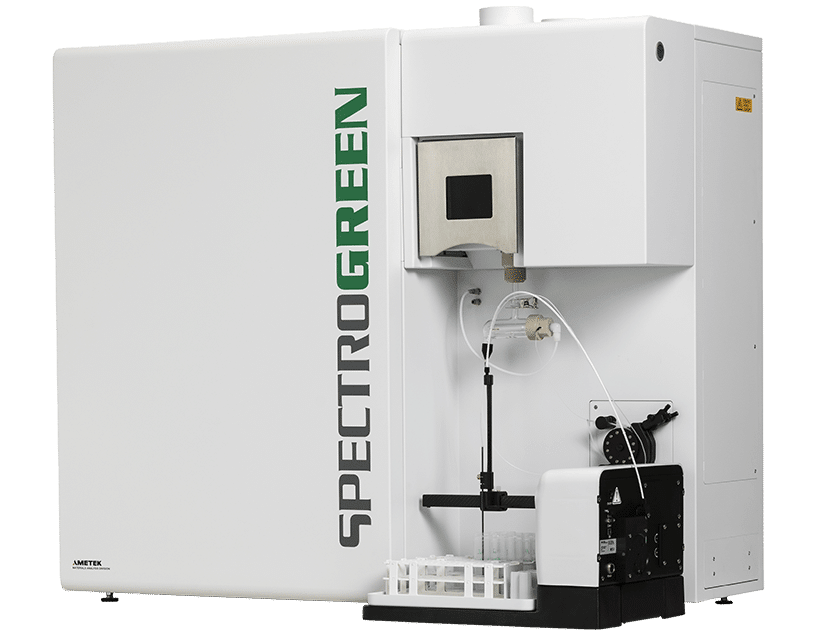IBO’s Top Three New Products at Pittcon 2019
IBO chooses among the many new product introductions at Pittcon each year to recognize three that were particularly notable for advancing analytical technology, as well as representing innovation and commercial potential.
Gold Award
Tosoh Bioscience launched at Pittcon a new type of static light scattering detector for HPLC, UHPLC and GPC/SEC for sale in the Americas. The LenS3 Multi-Angle Light Scattering (MALS) detector measures molecular weight and radius of gyration of macromolecules. This is the company’s first light scattering product launch since the 1970s. The LenS3 MALS detector features an innovative optical design, cell-block assembly and calculation method, which has led to a new advancement in light scattering technology.
In contrast to the typical three-angle MALS detector design, the LenS3 system allows for measurements at lower and higher angles, essentially combining low-angle light scattering, right-angle light scattering and MALS angles, and the benefits of all three into one system. This enables the analysis of the radius gyration of particles less than 10–12 nm in size. The system is capable of analyzing synthetic polymers, proteins, peptides and other complex macromolecules.
This instrument also features a patent-pending optics design and a lower-wavelength green laser at 514 nm for a higher scattering intensity. Sensitivity is also increased through the use of a unique “flow chamber,” replacing the standard optical cell. The design maximizes path length for greater interaction with the solute molecules and minimizes refraction by limiting stray scattering.
The company stated that the LenS3 provides the highest sensitivity level of any static light scattering detector on the market. The detector allows for an easy interchange between an HPLC and UHPLC system via a service kit.
Silver Award
Shimadzu Scientific Instruments launched its newest Nexera UHPLC series, the next generation of its Nexera series. The system integrates a new design and new level of automation to advance productivity to increase time savings for operators.
The Nexera LC-40 UHPLC instruments integrates AI technologies into the system to improve efficiency of user workflows, which is branded as “Analytical Intelligence.” This technology allows the system to detect and resolve issues automatically and reduce instrument downtime due to analysis issues, such as flow anomalies caused by the presence of air bubbles in the mobile phase. The system monitors baseline changes, including any fluctuations, and when abnormalities are detected, it will pause the analysis, purge the flow path and restart the run once normal conditions are recovered. The system also promotes the integration of IoT to check instrument status and incorporates online customer support.
The AI technology additionally facilitates a fully unattended workflow from startup to shut down. Users can set the system to start at a specified time, which allows the instrument to complete auto-purge, equilibration, baseline checks and optimize parameters. Once users set up the system for analysis in advance, they can leave it unattended and check the status and predicted analysis completion time remotely through a smart device. The FlowPilot feature will increase the flow rate gradually to the set point.
The Nexera UHPLC offers a real time mobile phase-level measurement through its weight sensors, which can monitor up to 12 containers of mobile phase and other solutions. In addition, the system also tracks consumables usage. The new SIL-40 autosampler boasts an injection cycle time of seven seconds and non-stop temperature-controlled analysis of thousands of samples. Shipments start in April, with an expected 10%-20% price increase compared to previous UHPLC model.
Bronze Award
AMETEK SPECTRO Analytical highlighted the launch of its new SPECTROGREEN inductively coupled plasma optical emission spectrometer (ICP). The system incorporates a couple key innovations. Foremost is the Dual Side-On Interface, which uses a single mirror to effectively double the amount of light that reaches the detector from the vertically oriented torch, leading to significant improvements in sensitivity compared to other radial view systems and even with axial view ICP.
This positions the SPECTROGREEN to be able to handle most common applications for ICP, including those that more typically require axial or dual-view systems, but without a significant price increase. The system’s 15 linear Hamamatsu CMOS detectors also provide improvements over the much more commonly used CCD detectors, such as the elimination of blooming problems, broad dynamic range and rapid analysis, enabling the study of transient signals. Each detector has 4,096 pixels, enabling resolution of 8 pm for some wavelength ranges. The detectors also do not require cooling, which is another advantage, and analysis can be done rapidly enough to enable transient analysis.
SPECTRO’s UV-Plus design (available in some other SPECTRO instruments) also provides cost savings, since the optical system is sealed with argon inside, obviating the need to purge the system repeatedly. The system incorporates some features of the SPECTROBLUE ICP introduced a few years ago, but while the SPECTROBLUE is configured primarily for environmental applications, the SPECTROGREEN can quite flexibly address a broad array of applications from fuel to food to consumer product safety testing. The system is now in production and ready for sale, with a price of about $65,000, with a complete system with autosampler in the mid-$70,000s.





